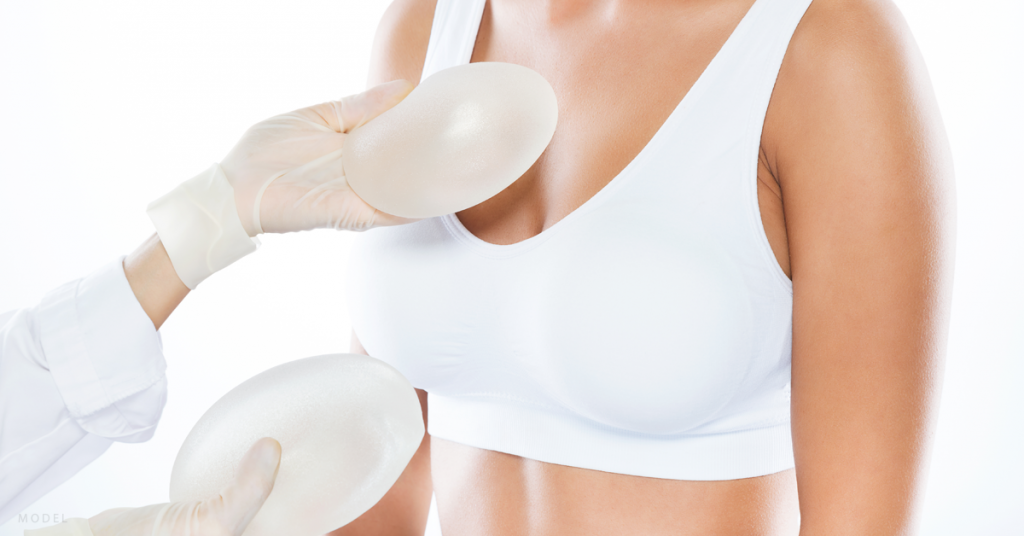There has been a lot in the news lately about the safety of breast implants. At my Eugene, Oregon, practice, I regularly answer questions about this topic from patients, and I believe there is some confusion about the issue. Much of the confusion stems from the fact that 2 entirely separate issues are often discussed together.
The FDA has also issued multiple statements over the past several months regarding the safety of a specific type of breast implant—BIOCELL® textured implants made by Allergan—along with statements about breast implants in general. I’d like to clear up any confusion by addressing each of these issues separately.
I’ve dedicated my career as a plastic surgeon to improving patient safety, including co-chairing the Breast Implant Task Force. In my 45 years of experience, I’ve yet to have a patient develop an infection following primary breast augmentation surgery, a record corroborated by Institutional Review Board oversight studies approved by the FDA. This is an issue that I care about deeply, and I want patients to thoroughly understand the risks involved by getting the facts.
Allergan BioCell Textured Implants
At the request of the FDA, Allergan voluntarily suspended the sale of its BIOCELL textured implants earlier this year. The BIOCELL textured implants have been linked to an extremely rare form of cancer that is called breast implant-associated anaplastic large cell lymphoma (BIA-ALCL). This only has to do with Allergan-manufactured implants and tissue expanders that boast larger textures or that are macro-textured; it does not affect any other implants. There are an estimated 20-35 million people with breast implants around the world, but there are less than 600 documented cases of BIA-ALCL from textured implants.
I addressed this issue in an earlier blog post, and I encourage you to read the post if you’re interested in additional information.
Breast Implant Illness (BII)
If you’ve spent any time researching breast implants in the past year, you’ve probably come across articles or social media posts discussing breast implant illness. There is a BII-related Facebook group with more than 93,000 members, so we understand and acknowledge the real concerns some women have about the safety of their implants.
To be clear, Breast Implant Illness has nothing to do with BIA-ALCL. Although BII isn’t an official medical diagnosis and no tests can prove or disprove its existence, the illness is usually described as a constellation of symptoms that can include brain fog, joint pain, headaches, fatigue, fever, rashes, anxiety, and more. Women who describe these symptoms may have saline or silicone implants that are either smooth or textured.
No studies have confirmed BII as a specific illness. As an advocate for my patients, I support any woman who desires to have this implant removal procedure, called explant surgery. However, implant removal may not be a cure. Women who do not have breast implants report similar symptoms also.
Implant Safety
I want to conclude by pointing out that today’s breast implants are truly safer than ever before. The devices have evolved to include enhanced safeguards, such as more cohesive gels that minimize or eliminate migration in the event of a rupture, and implants are now coated with barriers to discourage seepage. Additionally, enhanced surgical techniques greatly minimize the risk of complications.
If you already have implants or are considering breast augmentation surgery, I’m happy to answer any questions you may have about the safety of breast implants. You can contact my office by calling (541) 683-3234.


Leave a Reply